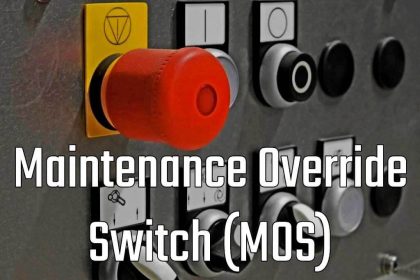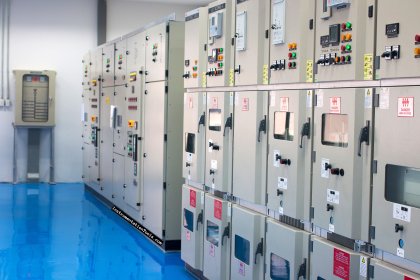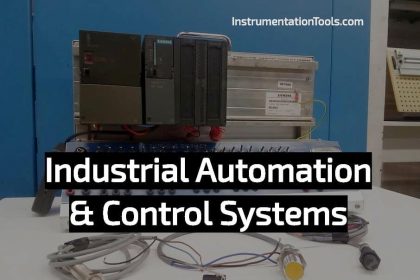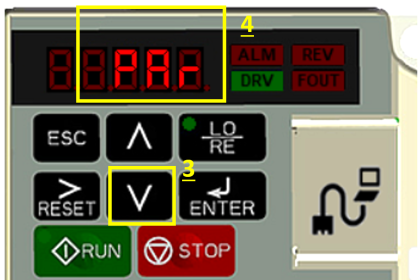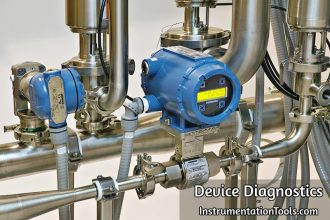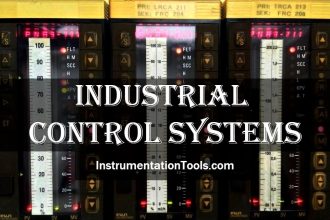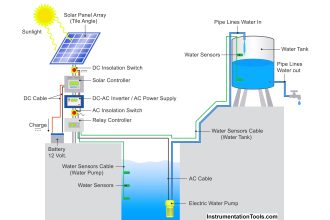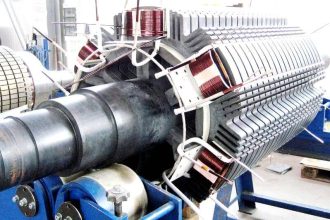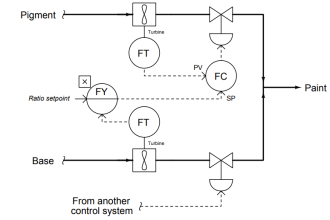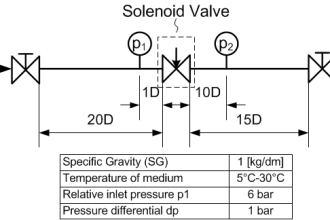According to the energy storage and the means of energy conversion, the uninterruptible power supply systems are in general classified as
- Static UPS
- Rotary or Dynamic UPS
In static UPS, storage of energy is made in electrochemical batteries (secondary sources) and also the required conversions of electrical power are performed by semi-conduction electro converters, which do not consist of moving parts and are classified as static ones.
The selection of the best-uninterrupted power supply system (UPS) will depend on the power required, the investment capacity for the project, and the type of design that gives us greater availability.
Rotary UPSs are less likely to fail and are more energy-efficient, although more expensive.
Static UPS allows us to work with less initial investment compared to rotary one.
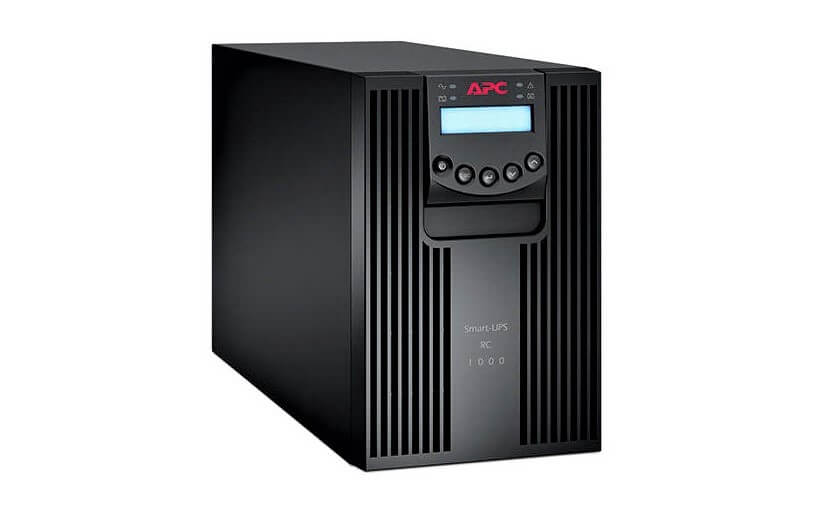
Compare Static UPS and Rotary Dynamic UPS
An important point to compare is efficiency.
Static UPSs require less investment at startup, we can expand the equipment in a modular way, even working in parallel.
Static UPS systems require air conditioning systems, necessary to maintain in between 20 deg to 25 deg C, with efficiencies of 95-97% of the dynamic versus 94-96% of the static.
Operating costs show that it is more economical to maintain rotating UPS systems. On the one hand, dynamic UPS systems are involved in higher cost, much space, venting facility is required.
Static UPSs also have drawbacks
Static UPS systems are made up of a large number of elements, which increases the chances of failure.
They also need auxiliary elements, cleaning, and batteries.
They withstand less short-circuit intensity than the dynamic ones.
What are the Defining Features of a Static UPS?
They are called static UPS because their operation does not require moving mechanical elements (except fans).
They use power electronics to convert alternating voltage into direct voltage by means of semiconductors and have stored the necessary energy to deliver, in the event of a power failure, in accumulator batteries.
Static UPSs have a wide range of powers, which allow dimensioning solutions from 500 VA to 1.6 MW per unit, and with the possibility of parallel operation.
In addition, there is modular equipment on the market that allows scalability as the user grows, adapting the investment to each particular situation, which represents a great advantage for data center users.
What are the Main Characteristics of Dynamic UPS?
Dynamic or rotating equipment has a synchronous electric motor in motion that transforms electrical energy into mechanical energy or vice versa in its operation as an alternator.
In addition, they have the necessary energy stored, to deliver in case of supply failure, as kinetic energy in a flywheel.
The autonomy time is a few seconds and therefore it is suitable to protect itself from gaps and micro-cuts.
But when we want to protect ourselves from power outages, it is necessary to install an additional motor (normally diesel) coupled to the dynamic UPS, or to a plant. An emergency generator that ensures continuity.
Although there are static solutions on the market, the use of dynamic equipment is more typical when the requirements of the UPS are outdoor installations and in medium voltage applications.
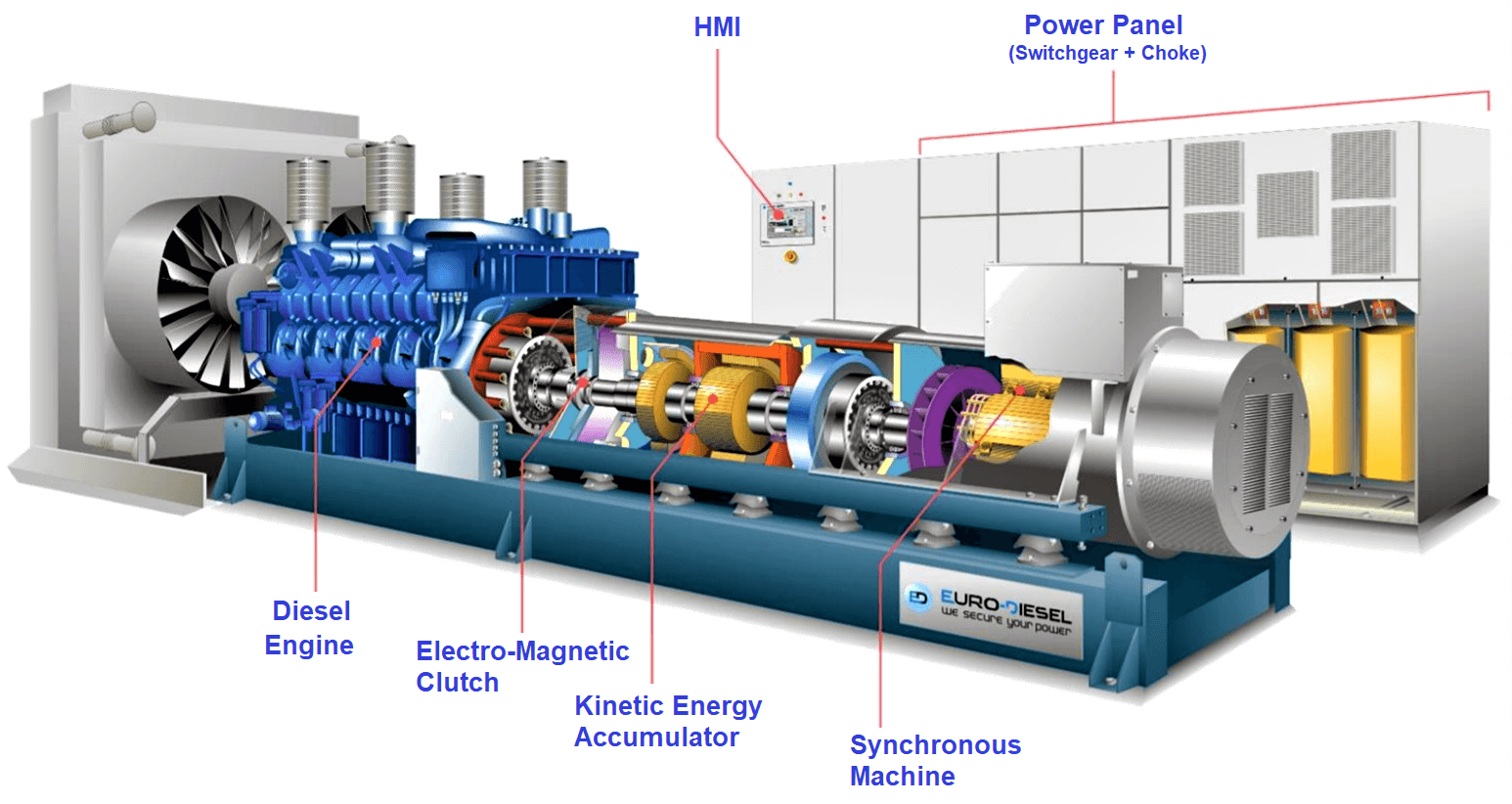
Static UPS or Dynamic UPS?
At what point should we opt for a static UPS or a dynamic one in large loads?
A precise engineering study is required, calculating investment and operating costs to be able to opt for a solution of static or dynamic equipment.
Various factors to be analyzed are:
Initial investment
Rotary UPSs represent a high investment cost, they are typically not modular, so initially, they will have to be oversized to prevent future growth of the critical load.
Maintenance cost
The rotary UPS intrinsic to mechanical elements in continuous movement contributes to bearing wear, brushes, flywheel, clutch, etc. As well as preventive adjustments, greasing, ventilation, cleaning, etc.
Static UPS at a preventive level of adjustments, cleaning, replacement of control cards, as well as replacement of elements that lose their useful life, such as fans, power storage batteries.
Environmental impact
Generally, static UPSs are installed indoors, in the partitioned room itself, or in particular rooms. If open batteries are used, proper rooms must be allotted for a possible accumulation of hydrogen gas, with the resultant danger of fire/explosion.
The rotary UPS systems are installed outside or in rooms assigned to them. They require a suitable location taking into account the audible noise they generate, weight, vibrations, and the need for ventilation and expulsion of the exhaust gases, more maintenance, as well as the possible risk of fire from the fuel.
Reliability
Both systems are reliable solutions, a comparison must be made according to the projected configuration.
What Power and Performance does each UPS offer?
From the POWER point of view, on the market, there are static UPSs generally small UPS, Medium UPS, large UPS systems up to 2 MW.
The rotary UPS generally can be found in a range between 300 kW to 2 MW. Units are also found in KVA.
If you liked this article, then please subscribe to our YouTube Channel for Instrumentation, Electrical, PLC, and SCADA video tutorials.
You can also follow us on Facebook and Twitter to receive daily updates.
Read Next:

